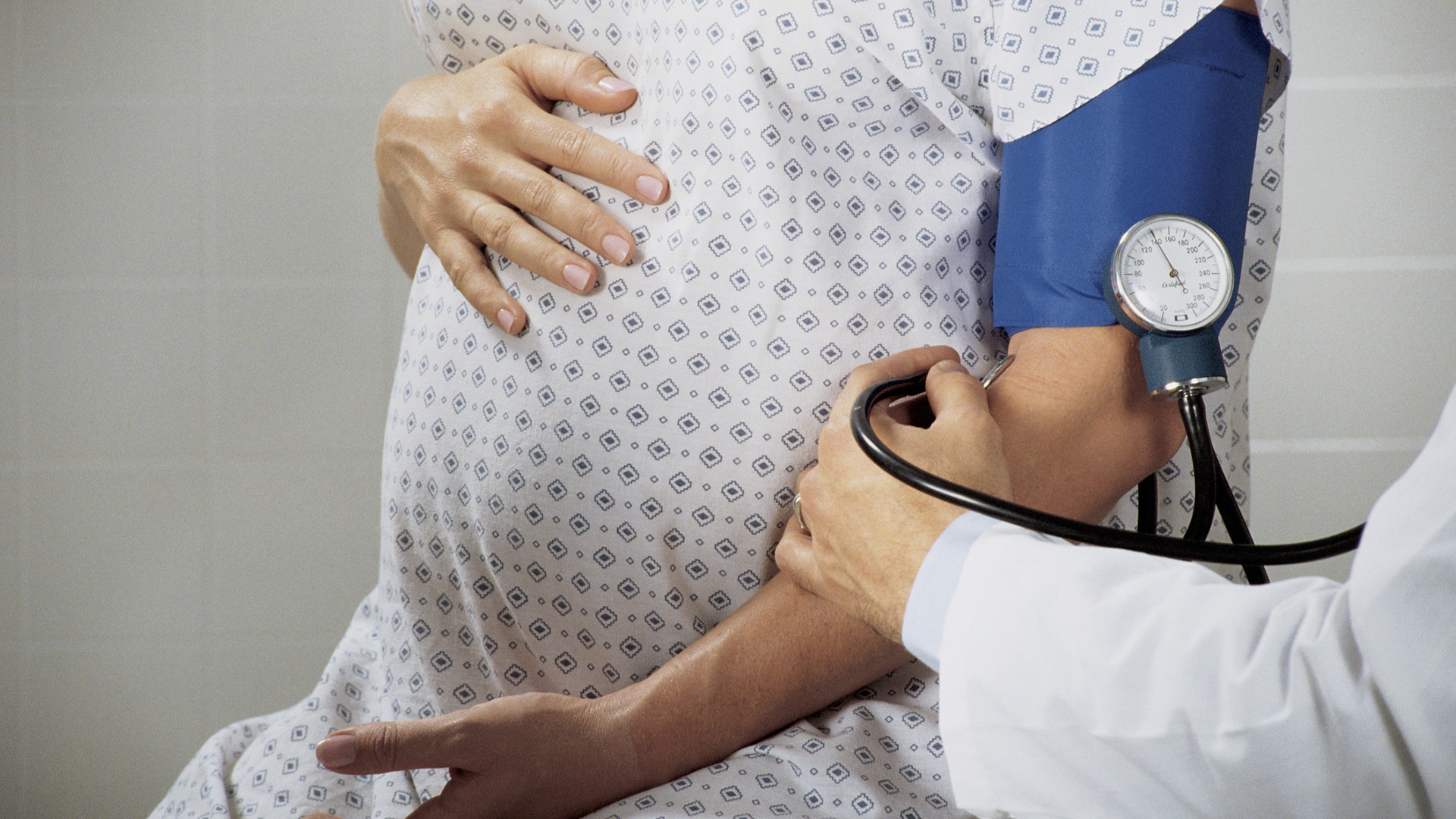High blood pressure in pregnancy may not disappear afterward

AMSTERDAM (Reuters) - Women who develop high blood pressure during pregnancy may have the condition reappear within a year of delivery, and many of them may go undiagnosed because the problem only surfaces at night, a new study suggests.
Preeclampsia, or high blood pressure that develops during pregnancy, is common. In severe cases, it can become fatal or result in serious complications for babies like organ damage or stunted growth. While the condition has also long been linked to an increased risk of women developing high blood pressure later in life, the current study offers fresh insight into why it might go undetected.
For the study, researchers focused on 200 women with severe preeclampsia that resolved after the women gave birth. In 24-hour home blood pressure testing done one year after these women gave birth, 42 percent of them had developed high blood pressure.
But only 24 percent of these cases would have been caught by a quick blood pressure check at the doctor’s office, researchers report in Hypertension. That’s because in many instances, women had high blood pressure at night.
“Our findings suggest that women who have high blood pressure during pregnancy should continue to monitor their blood pressure long after they’ve delivered their babies,” said lead study author Dr. Laura Benschop of Erasmus Medical Center in the Netherlands.
“Women with previous severe preeclampsia should also receive 24-hour blood pressure monitoring one year after pregnancy to diagnose any type of hypertension that cannot be diagnosed with a single office blood pressure measurement,” Benschop said by email.
Most of the women were around 32 years old when pregnant, and they were typically first-time mothers. On average, they were diagnosed with preeclampsia at around 30 weeks’ gestation, during the third trimester.
By one year after delivery, roughly one in five of the women had already been diagnosed with hypertension and been given medication to treat it.
During the home-based tests, 43 percent of the women had high blood pressure at night and 32 percent had it during the day.
Beyond its small size, another limitation of the study is that it included mostly white and highly educated women, and results from this group may not represent what would happen for other patients, the authors note.
“The study itself is not sufficient to directly recommend specialist screening for all women with previous preeclampsia,” Dr. Simon Timpka, a researcher at Lund University and Skane University Hospital in Malmo, Sweden, who wasn’t involved in the study, said by email.
However, the results do suggest women should get annual blood pressure checks from their general practitioners, advised Heather Boyd, a researcher at the Statens Serum Institut in Copenhagen, Denmark.
“We might need to think about expanding annual blood pressure checks to include home monitoring for a 24-hour period, at least for women with a history of severe preeclampsia,” Boyd, who wasn’t involved in the study, said by email.
Beyond getting their blood pressure checked, women can also take steps to prevent it from becoming elevated, noted Dr. Nieca Goldberg, medical director of the Joan H. Tisch Center for Women’s Health at New York University Langone Medical Center.
“They should also follow a healthy diet . . . and lower their salt intake,” Goldberg, who wasn’t involved in the study, said by email. “Exercise and stress reduction are also good ways to keep your blood pressure in the healthy range.”







